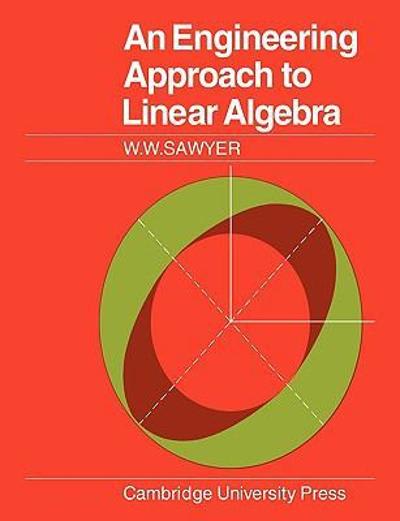Need help with screenshots 1 through 9! Note: most contain multiple parts, so be sure to provide solutions for all parts! There are only 9 problems. Screenshot 5 includes an "example," so make sure to not solve that one but the one in which it says "solve all parts." Also, number them as I have. THANK YOU SO MUCH!!
1 (MAKE SURE YOU DO \"PART B\" TOO!! The function f(x) = 600 represents the rate of flow of money in dollars per year. Assume a 5-year period at 5% compounded continuously. Find (A) the present value, and (B) the accumulated amount of money flow at t=5~ _ (A) The present value is $ . (Do not round until the nal answer. Then round to the nearest cent as needed.) Help Me Solve This View an Example Get More Help A Clear All Check Answer 2 (make sure to complete \"part B\" as well!) The function f(x) = 1200 e 034" represents the rate of ow of money in dollars per year. Assume a 20-year period at 5% compounded continuously. Find (A) the present value, and (B) the accumulated amount of I l moneyowatt=2- ..... (A) The present value is $ . (Do not round until the nal answer. Then round to the nearest cent as needed.) Help Me Solve This View an Example Get More Help A Clear All Check Answer 3 (make sure to do \"part B\" too!) The function f(t) = 7000 e '0'\" represents the rate of flow of money in dollars per year. Assume a 5-year period at 4% compounded continuously. Find (a) the present value, and (b) the accumulated amount of I I money flow at t = 5. -====- a. The present value is $D. (Do not round until the nal answer. Then round to the nearest cent as needed.) Help Me Solve This View an Example Get More Help A Clear All Check Answer 4 Find the present value of a continuous stream of inoome over 2 years when the rate of income is constant at $31,000 per year and the interest rate is 6%. The present value is $ . (Round to the nearest dollar as needed.) Help Me Solve This View an Example Get More Help A Clear All Check Answer 5 (this is just an example)! The rate of a continuous money flow starts at $1100 and increases exponentially at 2% per year for 5 years. Find the present value and final amount if interest earned is 4% compounded continuously. The present value is $ 5,233.94 . (Do not round until the final answer. Then round to the nearest cent as needed.) The final amount is $. (Do not round until the final answer. Then round to the nearest cent as needed.) Help Me Solve This View an Example Get More Help Clear All Check Answer5 (complete both parts)! The rate of a continuous money ow starts at $800 and increases exponentially at 2% per year for 20 years. Find the present value and nal amount if interest earned is 4% compounded continuously. The present value is $ . (Do not round until the final answer. Then round to the nearest cent as needed.) Help Me Solve This View an Example Get More Help A Clear All Check Answer 6 Find the level curve at a production of 300 for the production function described below. Graph the function on the xyplane. The production function z for the United States was once estimated as z = xwy3 where x stands for the amount of labor and y stands for the amount of capital. The level curve is y = D. Help Me Solve This View an Example Get More Help A Clear All Check Answer 7 If labor (x) costs $236 per unit, materials (y) cost $121 per unit, and capital (2) costs $63 per unit, write a function for total cost. 009302) = Help Me Solve This View an Example Get More Help A Clear All Check Answer complete all parts! Let z = f(x,y) = 12x" -9xy + 16y". Find the following using the formal definition of the partial derivative. dz oz of a. b. C. ay (4 , -3 ) d. fy(4 , - 2 ) . . . .. ze a. ax =0 Help Me Solve This View an Example Get More Help Clear All Check Answer9 For the function defined as follows, find all values of x and y such that both fx(x,y) = 0 and fy (x,y) = 0. f(x,y) = 6x2 + 7y2 + 3xy+33x-5 . . . . . Select the correct choice below and, if necessary, fill in the answer boxes to complete your choice. O A. There are two solutions where fx(x,y) =0 and fy(x,y) = 0, in order from increasing x values, when x = and y = and x = and y=. (Type integers or simplified fractions.) O B. There are three solutions where fx (x,y) = 0 and fy(x,y) = 0, in order from increasing x values, when x = and y= and x= andy= and x = andy=. (Type integers or simplified fractions.) O C. There is only one solution where fx (x,y) = 0 and fy(x,y) = 0, when x = _and y = (Type integers or simplified fractions.) O D. There are no solutions where fx(x,y) = 0 and fy (x,y) = 0. Help Me Solve This View an Example Get More Help Clear All Check
















